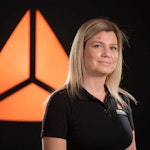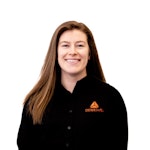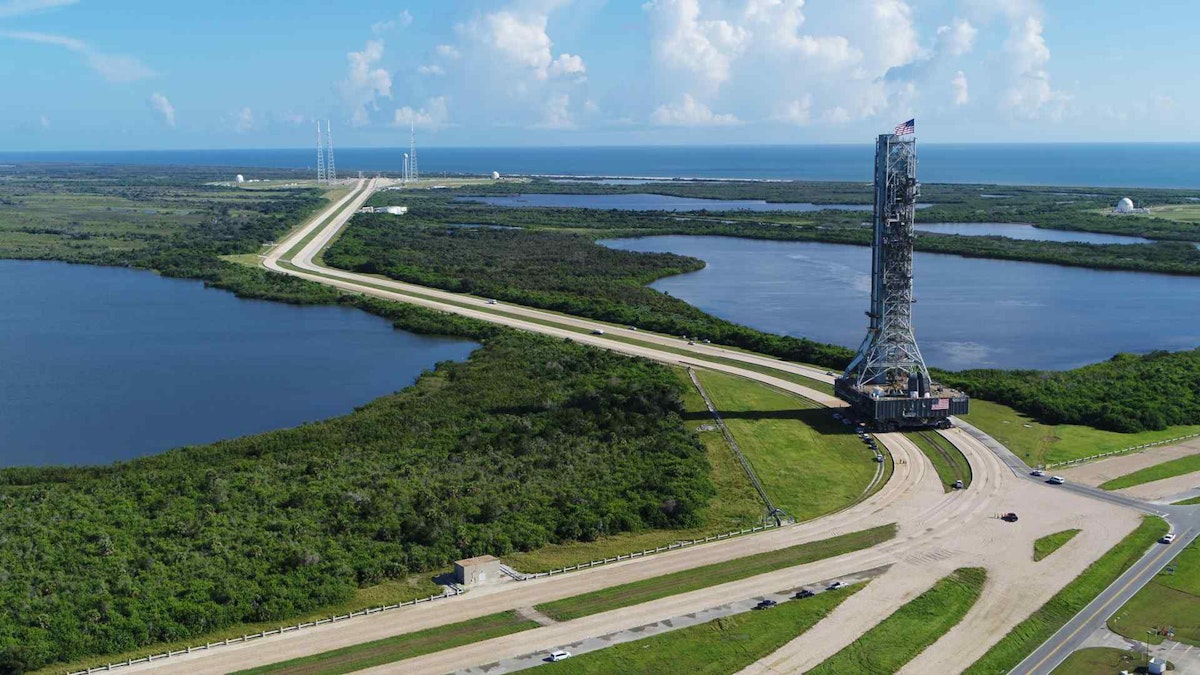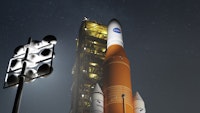Table of contents
Browse categories
Browse authors
 AL
ALAlessia Longo
 AH
AHAl Hoge
 BJ
BJBernard Jerman
 BČ
BČBojan Čontala
 CF
CFCarsten Frederiksen
 CS
CSCarsten Stjernfelt
 DC
DCDaniel Colmenares
 DF
DFDino Florjančič
 EB
EBEmanuele Burgognoni
 EK
EKEva Kalšek
Franck Beranger
 GR
GRGabriele Ribichini
Glacier Chen
 GS
GSGrant Maloy Smith
 HB
HBHelmut Behmüller
 IB
IBIza Burnik
 JO
JOJaka Ogorevc
 JR
JRJake Rosenthal
 JS
JSJernej Sirk
 JM
JMJohn Miller
 KM
KMKarla Yera Morales
 KD
KDKayla Day
 KS
KSKonrad Schweiger
Leslie Wang
 LS
LSLoïc Siret
 LJ
LJLuka Jerman
 MB
MBMarco Behmer
 MR
MRMarco Ribichini
 ML
MLMatic Lebar
 MS
MSMatjaž Strniša
 ME
MEMatthew Engquist
 ME
MEMichael Elmerick
Nicolas Phan
 OM
OMOwen Maginity
Patrick Fu
 PR
PRPrimož Rome
 RM
RMRok Mesar
 RS
RSRupert Schwarz
 SA
SASamuele Ardizio
 SK
SKSimon Kodrič
 SG
SGSøren Linnet Gjelstrup
 TH
THThorsten Hartleb
 TV
TVTirin Varghese
 UK
UKUrban Kuhar
Valentino Pagliara
 VS
VSVid Selič
 WK
WKWill Kooiker
Structural Vibration Monitoring on the NASA's Crawler Transporter Core Systems

After working with the NASA Sensors and Data Acquisition (SDAS), a subsystem group on the Mobile Launcher 1 platform, a need was discovered to replace an aging Data Acquisition system that monitors the Crawler Transporter core systems.
This is a large channel count application that requires precision time synchronization and the ability to fit in the same small space of the aging system from the ’80s.

Introduction
NASA Engineers working at Kennedy Space Center identified some issues with their aging DAQ system on the NASA’s Crawler Transport System as they prepare for the initial rollout of the Artemis 1 program (SLS rocket - Space Launch System) to the launch pad.
The “Crawlers” were built originally in 1965 for the Apollo missions to move the Saturn 5 rocket from the Vehicle Assembly Building to the Launchpads. Two units were originally built and are still in operation to this day.
Each Crawler weighs in at a total mass of 6 million pounds (2.7 million Kg’s = 2.7 thousand metric tons). Has a total lifting capacity of 12 to 18 million lb. The maximum speed of 1 mph loaded, or 2 mph unloaded.
The average trip time from the VAB along the Crawler way to Launch Complex 39 is about five hours. Carries 5,000 U.S. gal of diesel fuel, and it burns 125.7 U.S. gal/m. 4.2 miles to LC39B.
Crawler dimensions:
Footprint 131 ft by 114 ft (40 m by 35 m)
The height from ground level to the platform is adjustable from 20 to 26 ft (from 6 to 8m), and each side can be raised and lowered independently of the other.
The crawler uses a laser guidance system adjustable to 0.16 degrees; about 30 cm (1 ft) at the top of the Saturn V) while moving up the 5 percent grade to the launch site
The challenge
This application was a straightforward set of measurements with:
30 IEPE accelerometers for vibration signals for structural vibration monitoring,
16 channels of hydraulic pressure, and
temperatures.
The hard part is the need to do time-correlated measurements across multiple platforms in real time without the use of GPS time. Using the IRIG-B timecode we can grab this external time source to then line the data up with the other DAQ modules that are on the Mobile Launcher that Crawlers are transporting.
The R8R data acquisition chassis has become the go-to solution for the SDAS team on KSC and using the SIRIUS-STG amplifiers. This allows for symmetry across all testing needs and the ability to swap chassis around as spares to each other to speed up testing time and utilization of resources. The DSI adapters were chosen to finish the signal conditioning for the IEPE sensors.
Measurement requirements
Measure 30 IEPE Accelerometers for Structural Vibration Analysis
16 Channels of Hydraulic Pressure
Temperatures
Replacing the old HBM Genesis DAQ System
Must correlate data in real-time with Mobile Launcher SDAS systems
Conclusion
The results are a happy customer with new data acquisition for real-time monitoring, display, and recording of the performance of the Crawler Transport System while it is carrying a priceless load and doing precision movements.
The key to success in this application is the quality and performance of the SIRIUS-STG amplifier. For the price, it offers a brilliant performance!
The R8R chassis is now rugged to support any environment NASA might throw at a Data Acquisition system. The ease of use of the system as an adapter to any type of environment or test allows engineers to spend their time recording data rather than the setup up the system.
This test is the offshoot of all the hard work done to support the SDAS Team on its wide variety of testing. This project was a perfect example of a drop-in replacement to quickly upgrade and increase testing capabilities using the always ease-to-use Dewesoft Testing Solutions.
Read also other case studies
